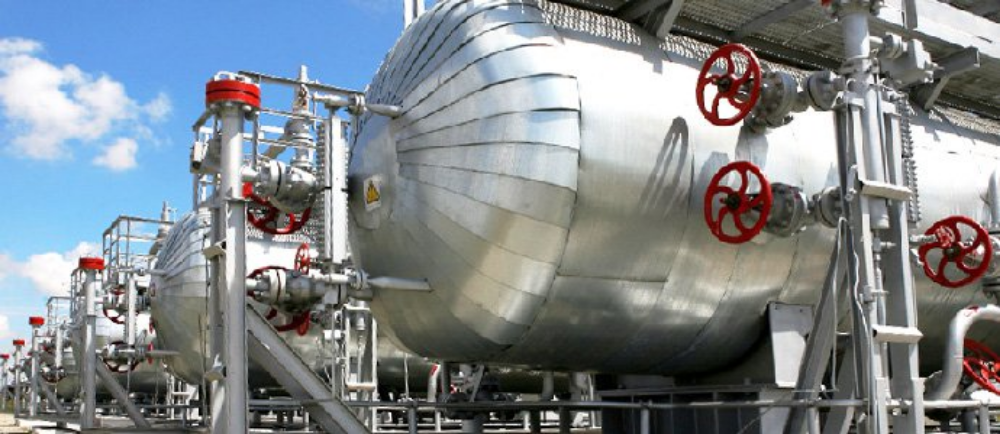Product Description
Pressure Vessel Inspection & Maintenance
Things You Must Know About Pressure Vessel Inspection
Pressure vessels are used in challenging industrial environments, which makes their inspection a challenging task. If any weak spots are ignored, they may affect the performance of the pressure vessel. Thus, the following factors must be kept in mind while inspecting them:
- The inspection must be performed by certified professionals only as they can identify the weak areas of a pressure vessel.
- The inspection must be conducted in adherence to established industry standards. Most inspectors perform the inspection in adherence to the ASME standards. They may also follow standards set by National Board Inspection C.
- Pressure vessel inspection can be internal or external. The following points will help you understand it better:
- Internal Inspection: This inspection is performed when the pressure vessel is empty and not in operation. Internal inspection is mainly conducted to identify wear and tear, and corrosion around components such as vessel connections, welded nozzles and seams, and areas near welds, external controls or fittings, and so on.
- External Inspection: As the name suggests, this type of inspection is conducted outside the vessel when it is in operation. During an external inspection, the inspector examines the working of external components such as inlet piping, vessel connections, outlet piping, and so on.
- The frequency of inspection will depend on the hazard potential of the vessels. For instance, the vessels that store hazardous contents may require regular inspection compared to the ones that store relatively safe fluids. For instance, heating boilers may require external inspection every three years, whereas corrosive pressure vessels may require internal and external inspection every two years. Similarly, vacuum vessels may require inspection every five years, and so on.
- Inspection is often followed by different types of pressure tests such as the ones described here:
- Hydrostatic Tests: This is one of the important ways following which the pressure vessels such as boilers, fuel tanks, and pipelines are tested for their leaks as well as strengths.
- Pneumatic Tests: These tests demand a high level of potential energy, which is why they are only performed whenever required. Pneumatic tests are only recommended when the pressure vessels cannot be filled with water or where the traces of a testing medium are not recommended or allowed.
- Leak Tests: Vacuum and pressure vessels are subjected to leak tests to confirm their maximum permissible leak specified in the document.
- Mechanical Integrity Tests: These tests are conducted to check for the instability of vacuum pressure vessels or buckling.
An Outlook on Maintenance of Pressure Vessels
Pressure vessel maintenance at various intervals is mandated by different industry standards. This is done to minimize the risk of pressure vessel failure and improve the safety of users, property, and the environment. Maintenance involves the repair or replacement of defective and worn parts. These points will help you understand it better:
- Preventive maintenance is one of the important types of maintenance programs established by the manufacturer. This is performed at regular intervals to avoid the complete breakdown of a vessel.
- Breakdown maintenance is performed when the equipment or any of its parts fail to perform as part of an unforeseen defect.
- Periodic maintenance is usually recommended by the manufacturer and performed as per the recommendations.
Inspection and maintenance of a pressure vessel must be performed by a certified professional.
Contact Details
Pressure Vessel Inspection & Maintenance
| Supplier | : | Cahaya Dedikasi Sdn Bhd |
| : | sales@cdsb.my | |
| Phone | : | 087-582 117 |
| Fax | : | 087-582 956 |
| Location | : | Labuan, Malaysia |
Enquiry Box
Other Products



 Loading...Please Wait.
Loading...Please Wait.